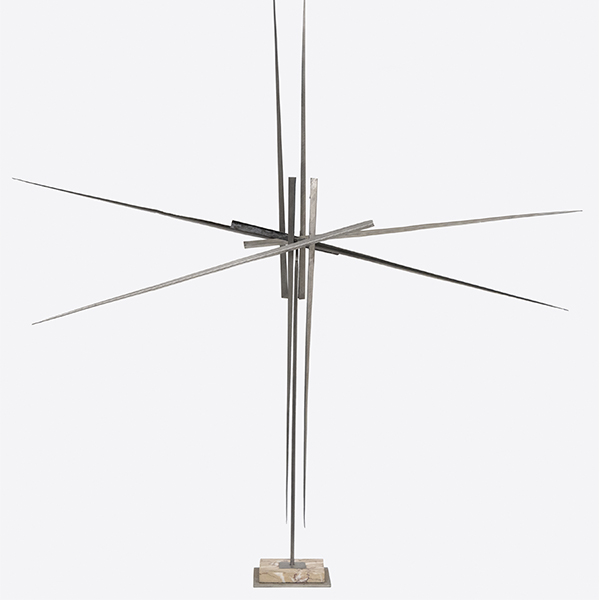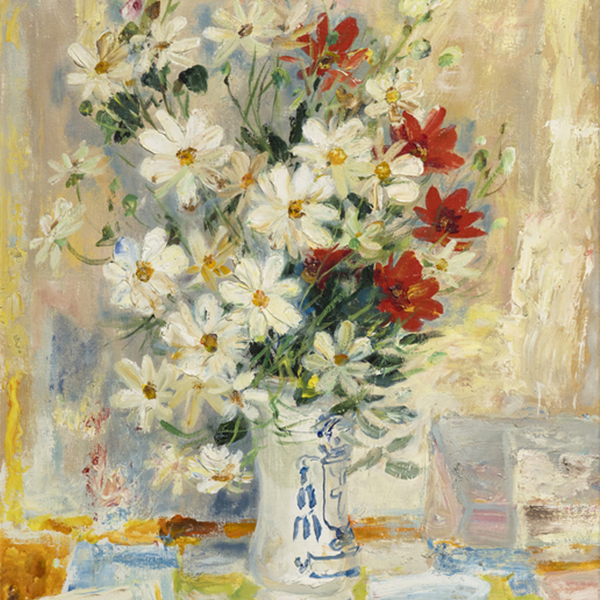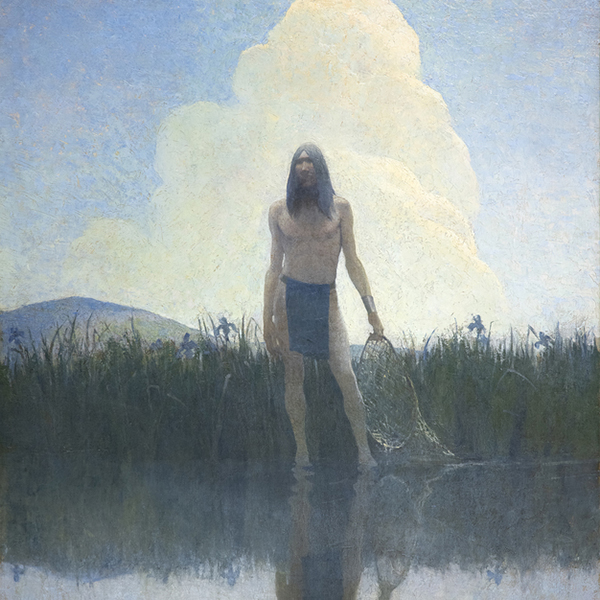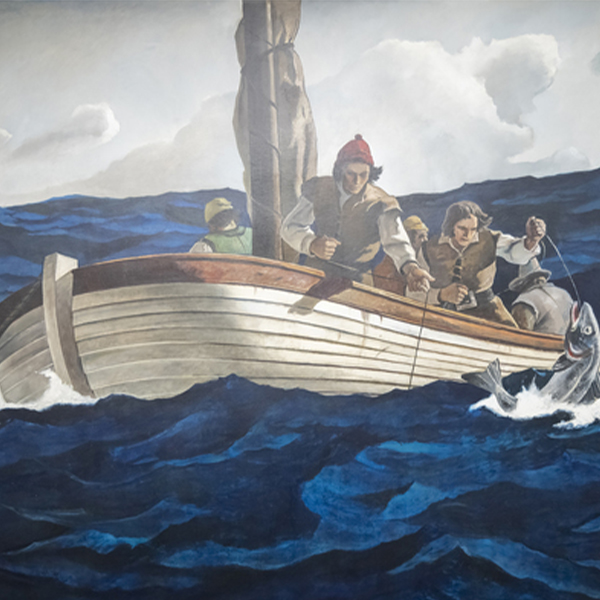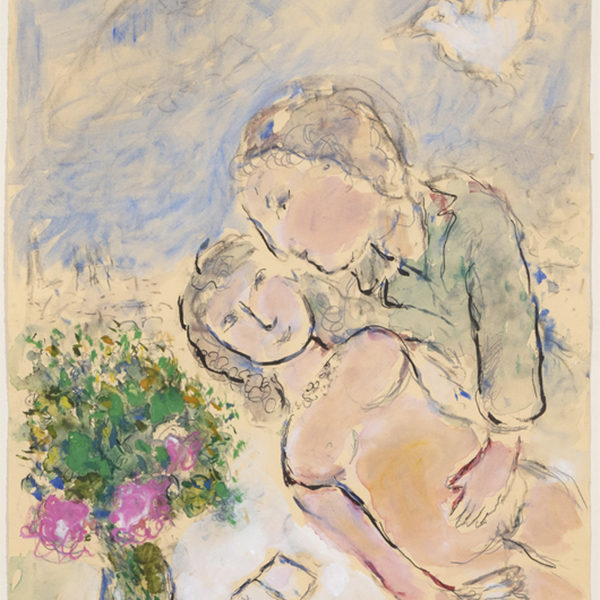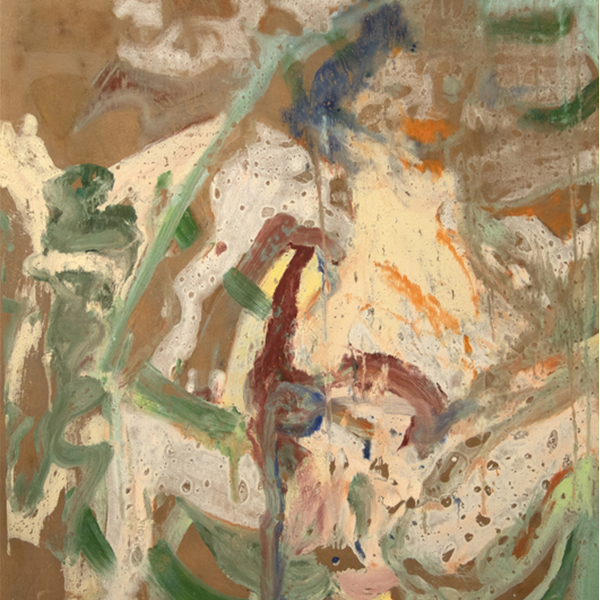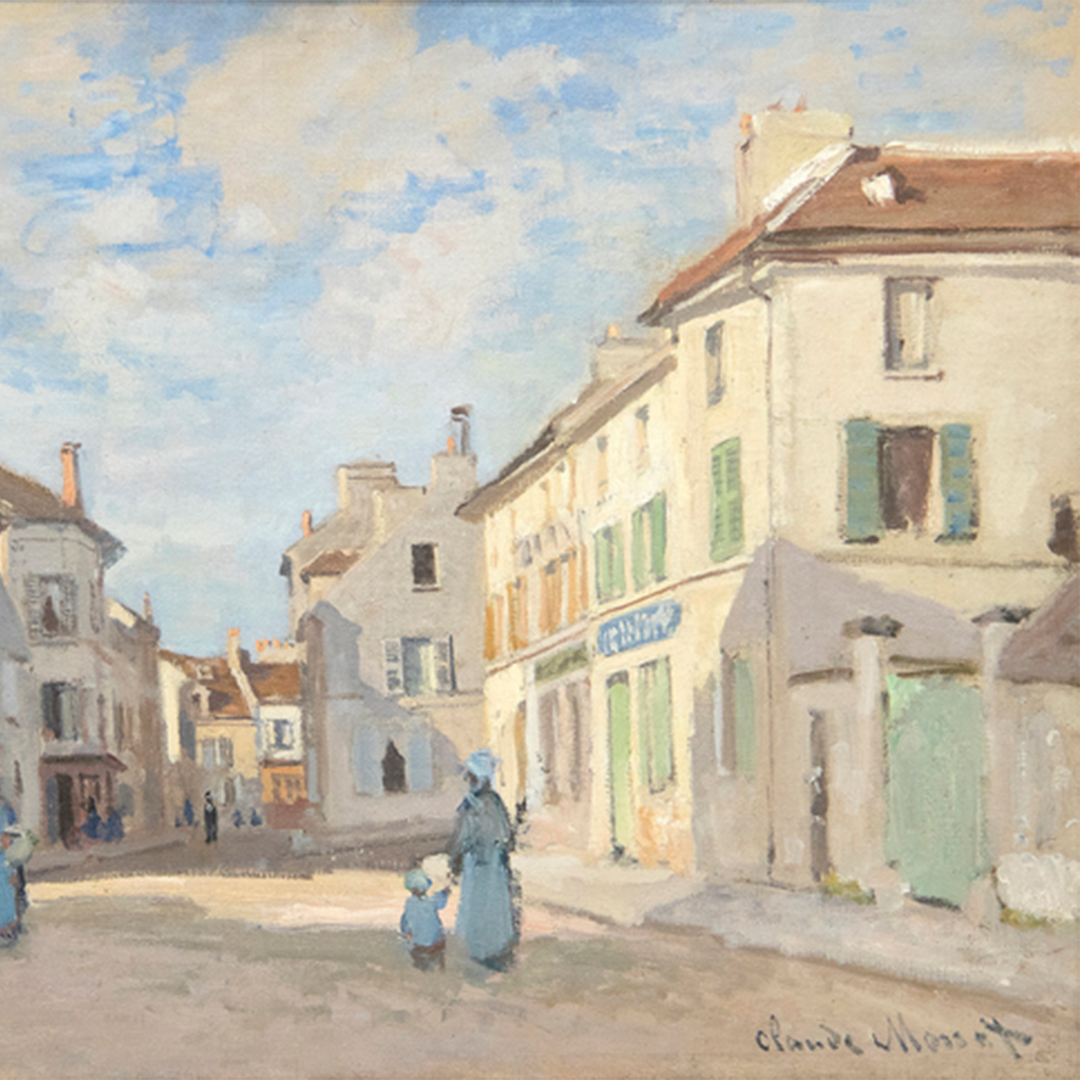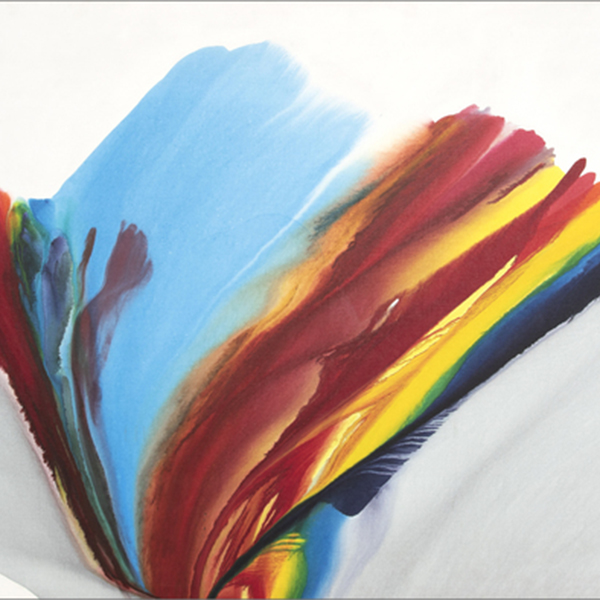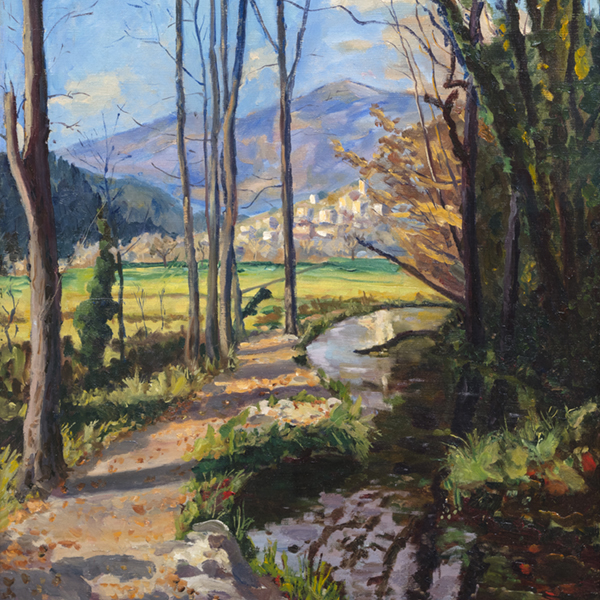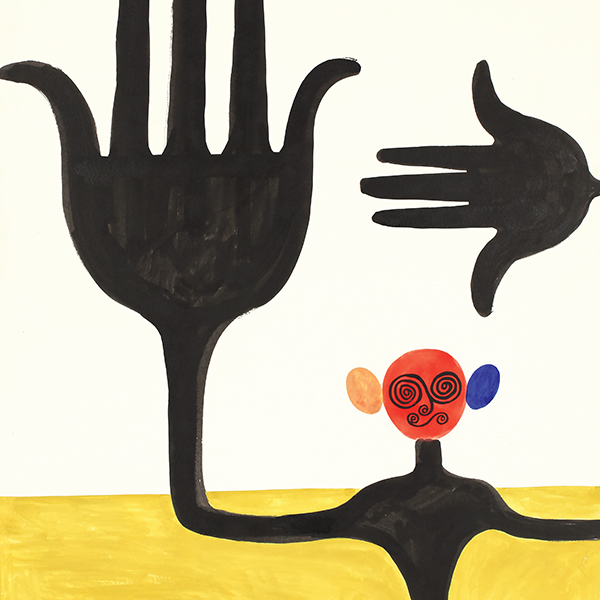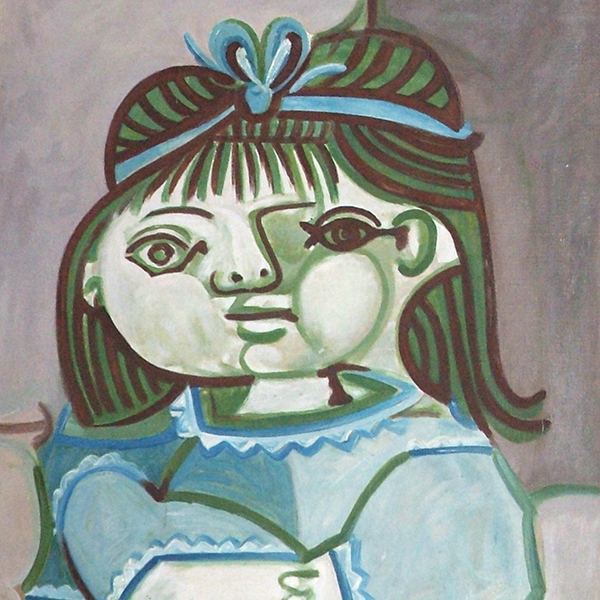Please contact the gallery for more information.
Current Exhibitions
2024
2023
2022
2021
2020
2019
2018
2016
2015
2014
2011
2010
2009
KEY DETAILS
- This painting depicts Wood’s sister, Nan Wood Graham, who also appears in the artist’s most famous painting, American Gothic (1930).
- This is one of the most significant paintings within Wood’s oeuvre and, according to Grant Wood scholar Dr. Henry Adams, this is “one of the last major works by Grant Wood in private hands.”
- Wood kept Nan’s portrait in his personal collection and placed it prominently in the living room of his Iowa City home.
- Grant Wood’s paintings – his portraits especially – are incredibly rare. Only two finished portraits in oil have ever appeared at auction and no truly comparable portrait has ever sold publicly.
- A landscape in oil from only a year later, Spring Plowing (1932), sold for $6,960,000 USD in 2005. It is only half the size of Portrait of Nan.
- This portrait has extensive exhibition history, including a 2018 show at the Whitney Museum of American Art in 2018: Grant Wood: American Gothic and Other Fables.
RARITY
- After he painted American Gothic in 1930, Wood painted only a handful of works each year, producing just over 30 mature paintings in his lifetime due to his early death in 1942 at only 50 years of age.
- Grant Wood’s paintings – his portraits especially – are incredibly rare. Only two finished portraits in oil have ever appeared at auction and no truly comparable portrait has ever sold publicly.
- According to Grant Wood scholar, Dr. Henry Adams, this is “one of the last major works by Grant Wood in private hands.”
- Of Grant Wood’s oeuvre, Dr. Adams has remarked that, “His work is nearly as rare as that of Vermeer.”
HISTORY
Grant Wood is considered by many scholars, curators and collectors to be the father of American Regionalism. The style features country scenes and subjects and returns to figurative art when European Modernism and the Parisian Avant-Garde were taking hold. The sitter in the present work is Wood’s sister, Nan, who served as a model for Wood, appearing in several works, including Wood’s most famous painting, American Gothic, in the Collection of the Art Institute of Chicago.
Few Grant Wood works of this complexity and importance have ever appeared outside of museum collections, let alone offered for sale. This portrait is one of the most significant paintings within Wood’s oeuvre. The esteemed Grant Wood scholar, Dr. Henry Adams, stated, Portrait of Nan is “one of the last major works by Grant Wood in private hands”.
Portrait of Nan was in the collection of the artist until his death and is also the only painting he kept- and the only painting in his home, having gone so far as to pick out the furnishings and rug to complement the painting as it hung in his Iowa City living room.
Dr. Henry Adams describes this painting as “a pendant to his most famous painting, American Gothic of 1930″. Adams further speculates that Portrait of Nan was meant to rectify Nan’s public image after American Gothic painted the year before, which had become famous and in so doing, had insinuated a (false) extramarital relationship between the two subjects (Nan and their family dentist).
Portrait of Nan is the artist’s last portrait from his early period, the endcap to the period in which he created Woman with Plants and American Gothic. After 1930, the artist only created a few paintings a year, making finished oil paintings of any subject a true rarity.
The styling of this portrait is a fusion between contemporary (at the time) and 19th-century American portraiture: “portrait’s heavy framing curtain, stark background, oval format [of portraits favored in the colonial and Victoria eras], and Federal-era chair evoke many of the formal elements found in nineteenth-century American folk painting”
Grant Wood’s paintings from this period were influenced by his recent trip to Europe and the Northern Renaissance art he saw there in 1930 when he moved from his youth’s academic/impressionist style and developed his mature style that celebrated Midwestern subjects. The present painting has been extensively exhibited, including a 2018 show at the Whitney Museum of American Art, New York: Grant Wood: American Gothic and Other Fables .
TOP RESULTS AT AUCTIONS
PAINTINGS IN MUSEUM COLLECTIONS
AUTHENTICATION
Nan Wood Graham penned The Story of My Portrait in July 1944. In this letter, she gives insight into Wood’s thoughtful reason for painting her portrait, how the chick and plum were chosen as visual devices, and, with humor, she relays the long nights of sitting with the chick in hand.
IMAGE GALLERY
INQUIRE
YOU MAY ALSO LIKE




